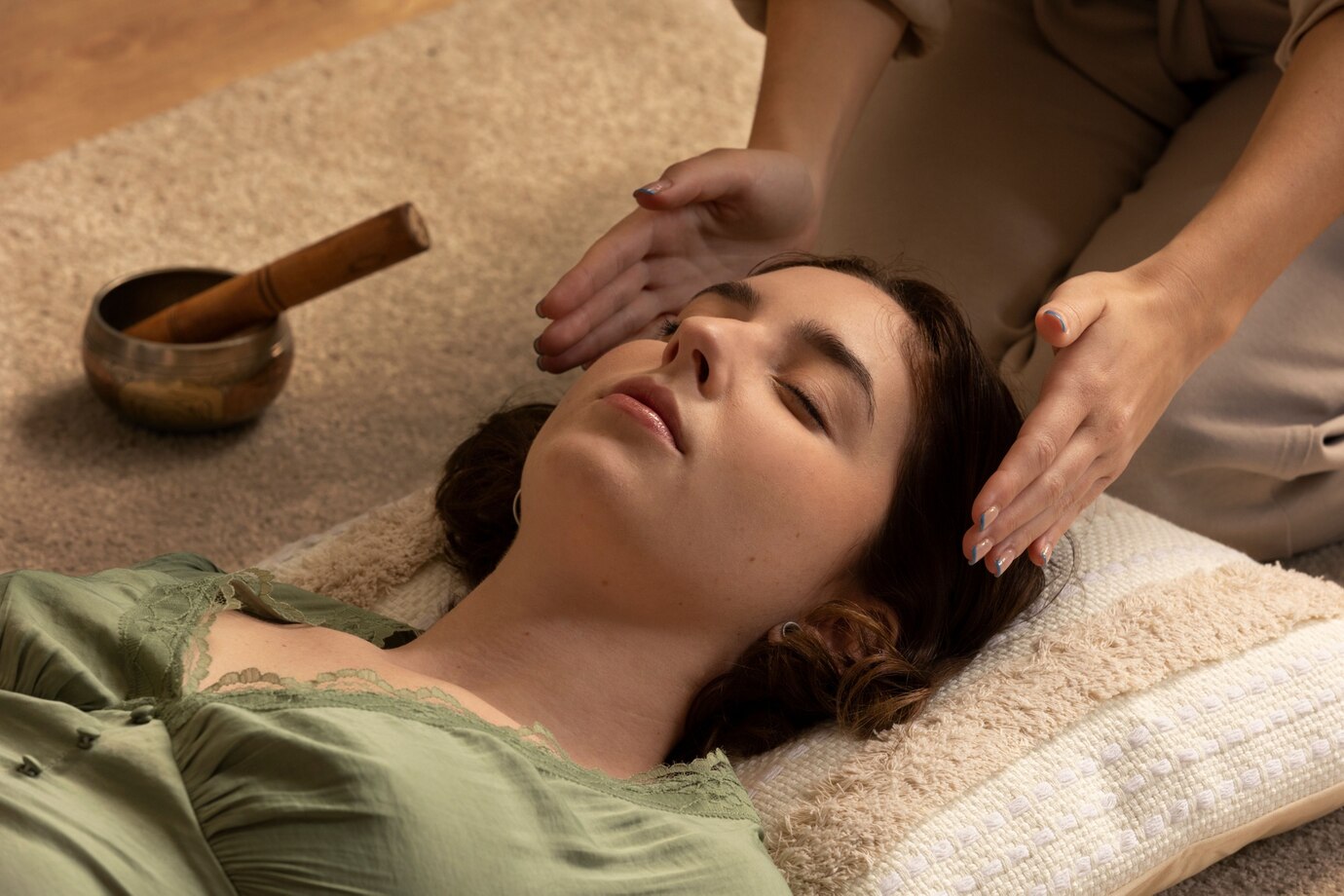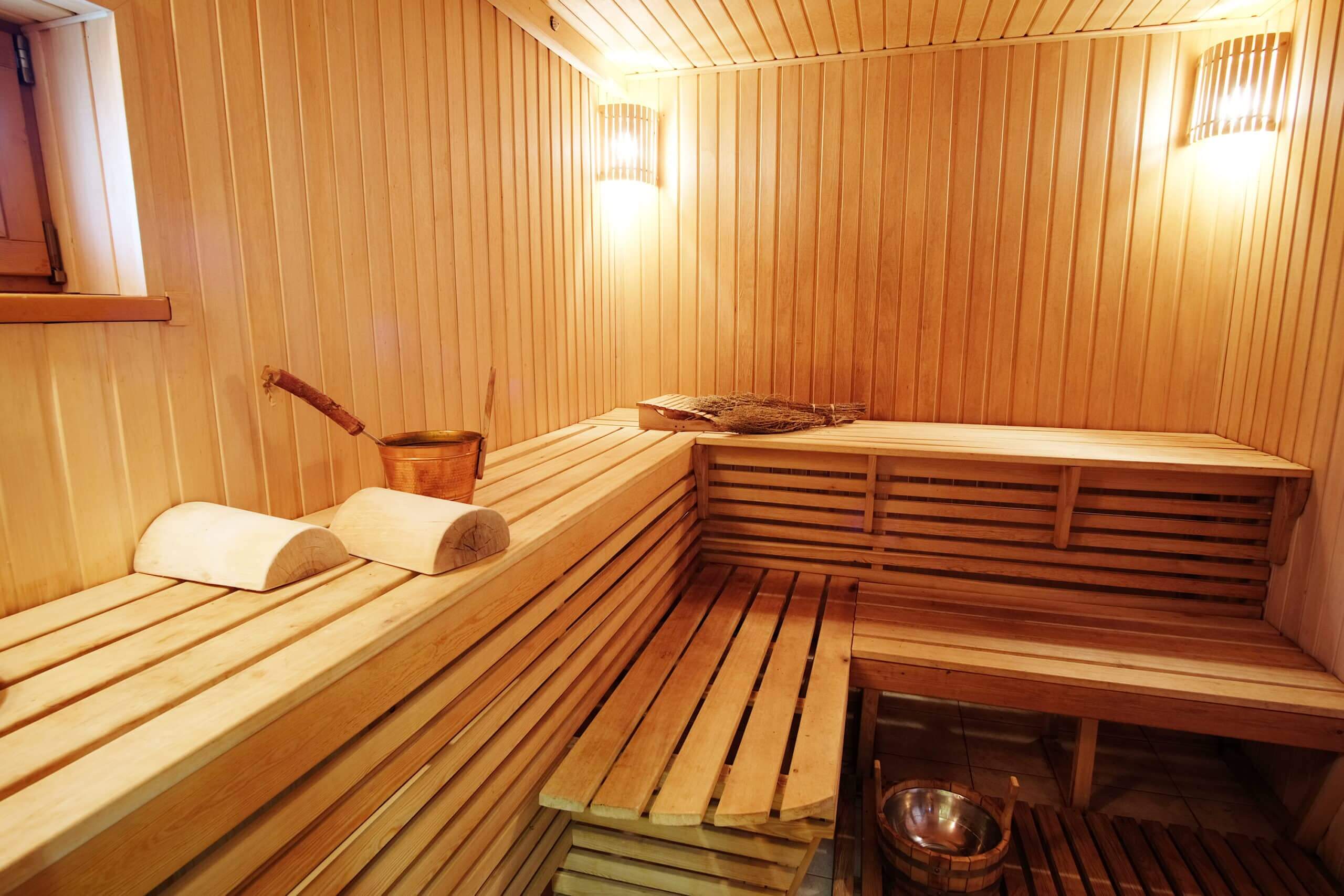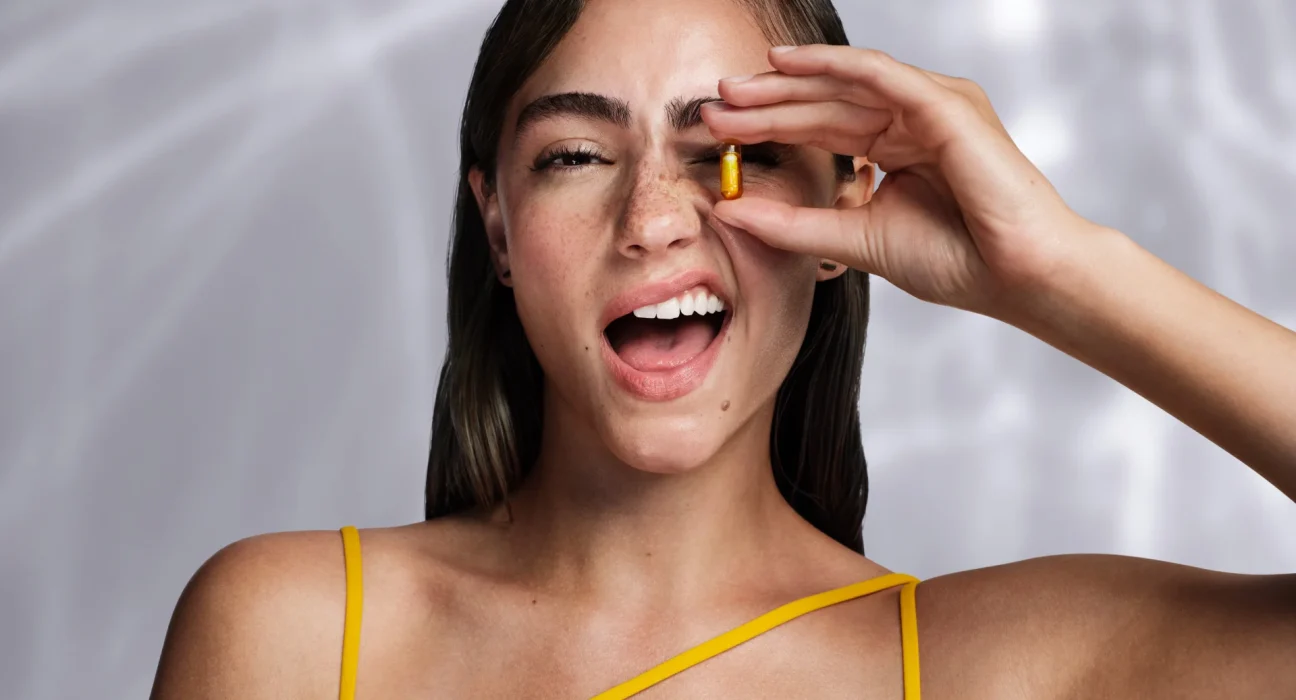For decades, the beauty industry focused primarily on external appearance—makeup, skincare products, and cosmetic procedures designed to enhance looks. But in recent years, a new paradigm has emerged. Consumers are shifting their attention from purely aesthetic goals to a more holistic approach where health and beauty are intertwined. Wellness, nutrition, self-care, and mental health are becoming central to the definition of beauty.
This article explores how the health-beauty connection is shaping consumer choices, industry trends, and personal lifestyles.
The Rise of Wellness-Driven Beauty
The global beauty industry, valued at over $500 billion, is no longer about quick fixes or superficial enhancements. Increasingly, people want products and routines that contribute to long-term health as well as immediate beauty benefits.
For example, skincare brands now highlight ingredients like probiotics, antioxidants, and adaptogens that support both skin health and overall well-being. Haircare lines focus on scalp health, not just styling. Even makeup brands market products with SPF, vitamins, or moisturizing properties.
This wellness-driven shift reflects a growing awareness: beauty is not just how you look—it’s how you feel.
Nutrition: Beauty from the Inside Out
What we eat directly affects the way we look. Skin clarity, hair strength, and nail health are all influenced by diet. Nutrition has therefore become one of the most powerful tools in the pursuit of beauty.
Key areas where diet and beauty intersect include:
Hydration: Adequate water intake keeps skin plump, improves elasticity, and reduces the appearance of wrinkles.
Vitamins and Minerals: Vitamins A, C, E, and zinc support skin repair, boost collagen, and protect against free radicals.
Omega-3 Fatty Acids: Found in fish, flaxseed, and walnuts, they reduce inflammation and keep skin supple.
Protein: Essential for hair and nail growth, as well as for maintaining skin structure.
The rise of beauty supplements, such as collagen powders, biotin capsules, and skin-supporting probiotics, illustrates how health and beauty industries are merging. Consumers are no longer content with topical treatments; they want inside-out solutions.
Skincare: Science Meets Self-Care
Skincare has become a ritual for millions of people worldwide, but it’s evolving far beyond creams and serums. Today’s consumers demand science-backed, dermatologist-approved formulations that deliver results while being safe for long-term health.
Trends such as:
Clean Beauty: Products free from parabens, sulfates, and artificial fragrances.
Medical-Grade Skincare: Dermatology-inspired formulations targeting specific skin concerns like hyperpigmentation or acne.
Personalized Skincare: AI-powered apps and at-home skin tests that recommend products tailored to individual needs.
But skincare is not just about appearance—it’s also a form of mental self-care. The ritual of cleansing, moisturizing, and applying serums helps people slow down, reduce stress, and reconnect with themselves.

The Role of Mental Health in Beauty
Perhaps the biggest change in modern beauty culture is the recognition of mental health as part of overall beauty. Stress, anxiety, and lack of sleep all manifest physically—causing dull skin, hair loss, and dark circles.
This has given rise to practices like:
Mindful Beauty: Incorporating meditation and relaxation into self-care routines.
Sleep Care: Recognizing sleep as one of the most powerful beauty treatments.
Holistic Therapies: Practices like aromatherapy, massage, and acupuncture are being integrated into beauty regimens.
The message is clear: beauty cannot be separated from emotional and psychological well-being. Confidence, self-love, and mental balance are now seen as central components of attractiveness.
Fitness and Body Confidence
Physical activity has long been associated with health, but today it’s also considered part of beauty. Exercise improves circulation, gives skin a healthy glow, and boosts energy levels. More importantly, fitness promotes body confidence, allowing people to feel more comfortable in their own skin.
The modern fitness-beauty connection goes beyond achieving a specific body type. Instead, it emphasizes strength, vitality, and self-acceptance. Whether it’s yoga, pilates, or strength training, movement has become a beauty ritual as much as a health habit.
Technology in Health and Beauty
Innovation is accelerating the overlap between health and beauty. Technology now offers advanced tools for monitoring wellness and enhancing appearance:
Wearables: Track sleep, hydration, and stress levels—factors that influence beauty.
Skin Analysis Apps: Use AI to analyze skin conditions and recommend products.
At-Home Devices: LED masks, microcurrent tools, and laser treatments bring professional-grade beauty care into households.
These advancements democratize access to health-focused beauty, allowing individuals to take charge of their wellness journeys.
Sustainability and Ethical Choices
Consumers today are not just concerned with how products affect them, but also how they affect the planet. Sustainable packaging, cruelty-free testing, and ethically sourced ingredients have become key purchasing factors.
Brands that align with health and beauty values now emphasize:
Eco-Friendly Packaging – Biodegradable, refillable, or recyclable containers.
Non-Toxic Ingredients – Avoiding harmful chemicals that can impact both body and environment.
Transparency – Clear labeling about sourcing, production, and testing practices.
This reflects a deeper cultural shift: beauty is not only about looking good but also about doing good.
Challenges in the Health-Beauty Industry
Despite exciting innovations, the health-beauty space faces challenges:
Misinformation: Social media often spreads unverified claims about products and diets.
Over-Commercialization: The line between genuine wellness and marketing hype is sometimes blurred.
Accessibility: Premium products and treatments are not affordable for everyone, raising inclusivity concerns.
Navigating these issues requires education, transparency, and responsible marketing from brands.
The Future of Health and Beauty
Looking ahead, several trends are likely to define the future:
Personalized Beauty: Genetic testing and AI-driven recommendations will create hyper-customized routines.
Holistic Clinics: Spaces combining dermatology, nutrition, psychology, and fitness under one roof.
Preventive Care: Greater focus on preventing issues like skin aging or hair thinning, rather than treating them after they appear.
Inclusivity: Broader representation of body types, skin tones, and age groups in health-beauty campaigns.
Ultimately, the beauty of the future will not be about conforming to external ideals but about achieving balance, health, and confidence.

Conclusion
The health and beauty industries are no longer separate worlds. Today, they are deeply intertwined, reflecting a holistic approach to well-being. From nutrition and skincare to mental health and sustainable choices, the modern beauty standard is about feeling good as much as looking good.
This transformation marks a cultural shift: beauty is not a mask to put on—it is the natural result of a healthy, balanced life. As consumers continue to prioritize wellness, businesses and individuals alike must embrace the idea that true beauty begins with health.

